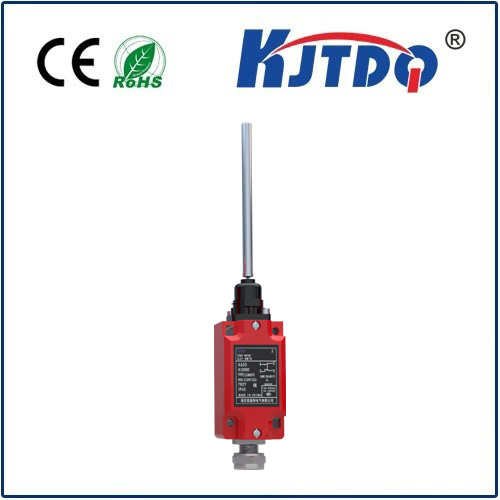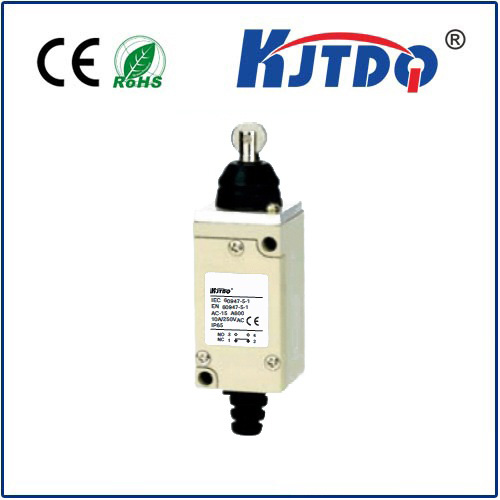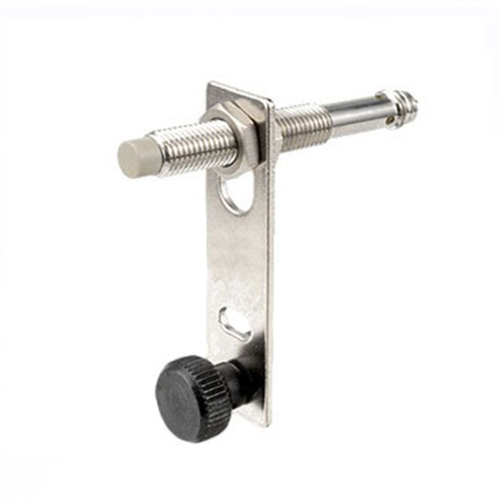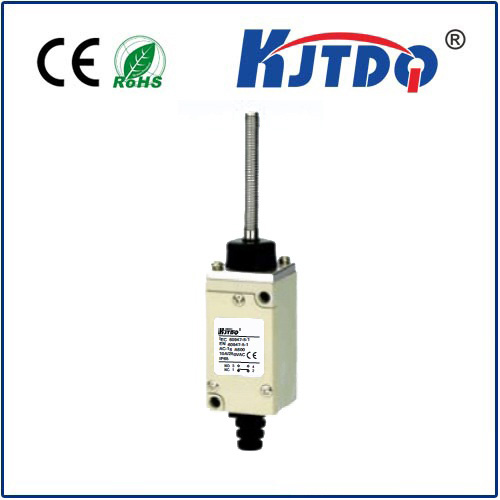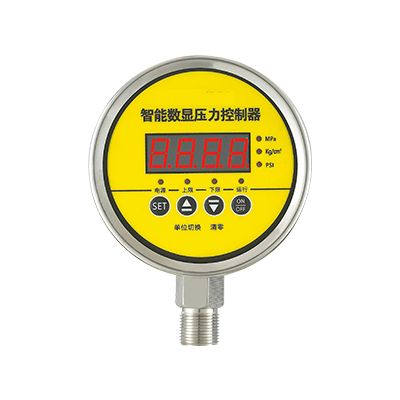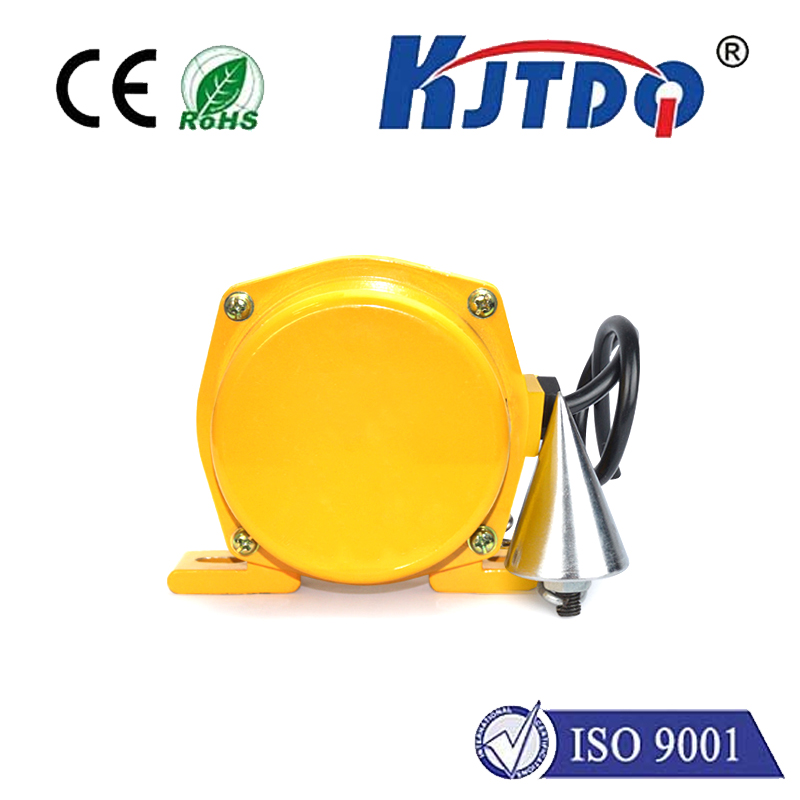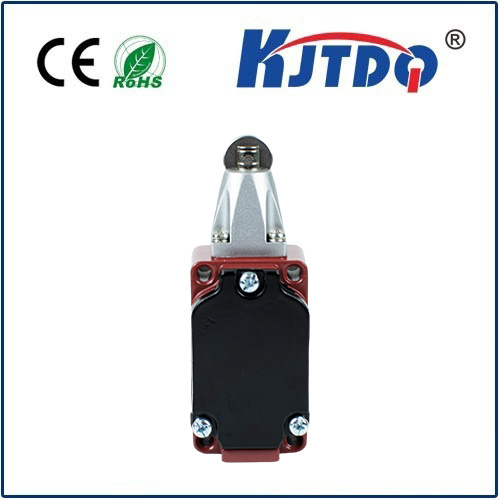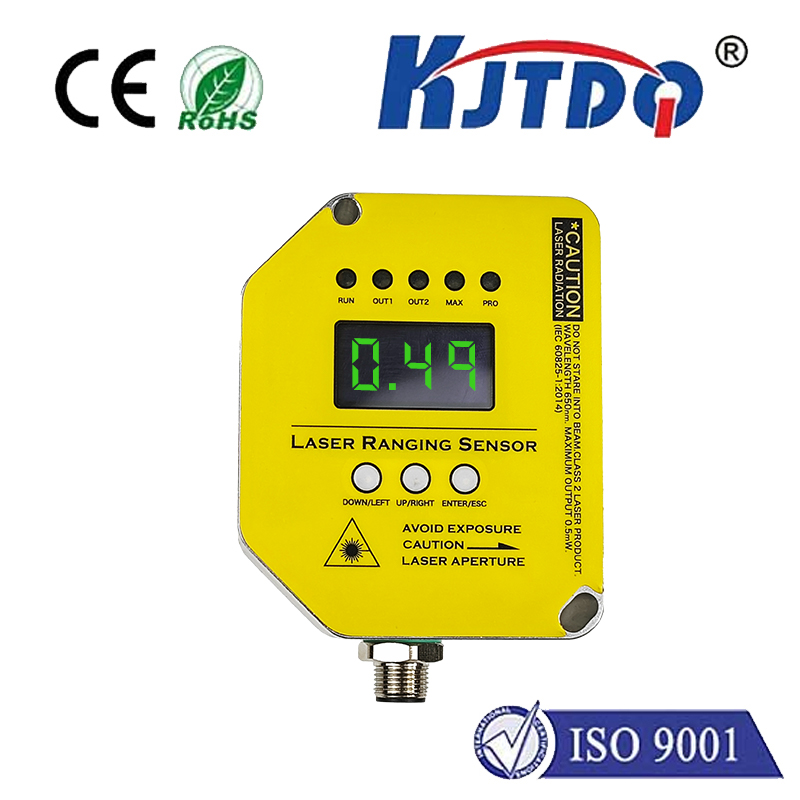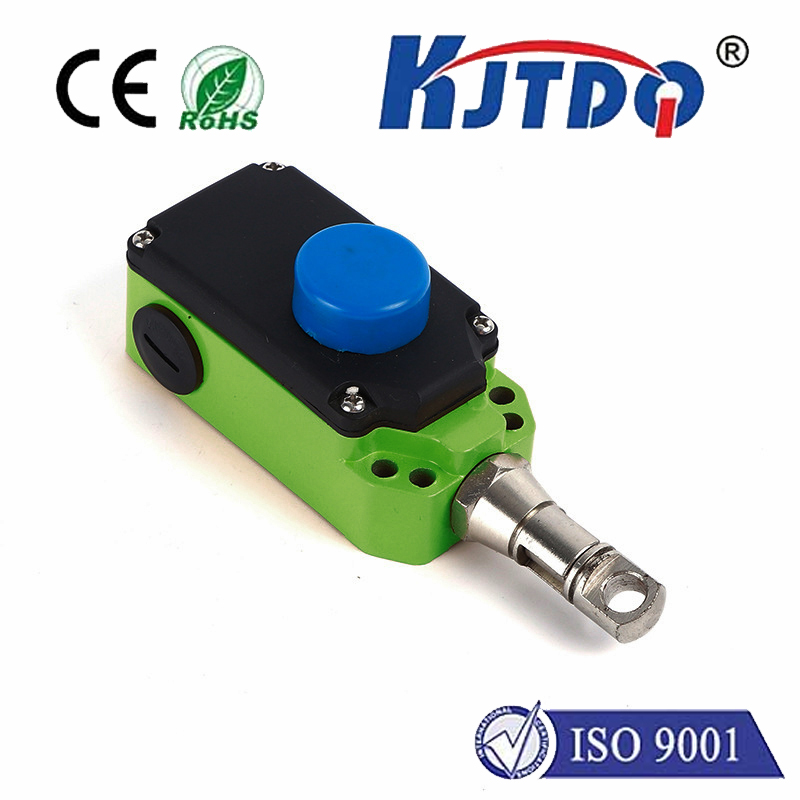10mm proximity sensor
- time:2025-09-06 04:47:49
- Click:0
The Mighty 10mm Proximity Sensor: Precision Detection in a Compact Range
Imagine a device so keenly aware of its surroundings that it can reliably detect the presence of an object precisely 10 millimeters away – all without physical contact. This is the core function of the 10mm proximity sensor, an unassuming yet vital component powering automation and safety across countless industries. Offering a sweet spot in sensing distance, it bridges the gap between ultra-short-range detection and longer distances, providing versatility for diverse applications where size, reliability, and precise positioning are paramount.
Understanding the 10mm Specification
The “10mm” in “10mm proximity sensor” refers to its nominal sensing distance (Sn). This standardized value, defined by international standards (like IEC 60947-5-2), represents the ideal theoretical distance at which the sensor should detect a standard target under defined conditions. It’s crucial to understand that the effective operational sensing distance (Sr) in a real-world setup can vary slightly. Factors influencing this include:
- Target Material: Especially for inductive sensors (the most common type for 10mm detection), different metals (steel, aluminum, brass) affect the sensing range due to their varying electromagnetic properties.
- Target Size and Shape: A target smaller than the sensor’s face or an irregular shape might reduce the effective range.
- Installation Conditions: Mounting the sensor flush versus non-flush, adjacent sensors, or nearby metal objects can influence performance.
- Temperature and Voltage Fluctuations: Environmental conditions and power supply stability can cause minor deviations.
The 10mm Sn provides a reliable benchmark, indicating a sensor designed for short to medium-range detection. This distance is often ideal for detecting parts on machinery, verifying the position of actuators or cylinders, or triggering actions when objects enter a specific, relatively close zone.
How 10mm Proximity Sensors Work: The Core Principles

While various technologies can achieve proximity sensing, inductive sensors overwhelmingly dominate the 10mm detection landscape for metallic targets. Here’s a simplified breakdown of their operation:
- Generating the Field: The sensor contains an oscillator circuit that generates a high-frequency electromagnetic field radiating from its active face.
- Disturbance Detection: When a conductive metal target enters this field within the sensing range (up to and including ~10mm), eddy currents are induced within the target material.
- Damping Effect: These eddy currents draw energy from the sensor’s oscillating field, causing the oscillation amplitude to dampen or decrease.
- Signal Processing: The sensor’s internal circuitry continuously monitors the oscillator’s amplitude. When the damping exceeds a predefined threshold (indicating a target is present at or near the Sn), the sensor’s output state switches.
- Output: This switch typically controls an NPN or PNP transistor output (common in DC sensors), providing a clear on/off signal to a controller like a PLC.
For non-metallic targets (liquids, plastics, wood, etc.), capacitive proximity sensors operating at 10mm are also available. These detect changes in capacitance caused by the target material altering the dielectric constant within the sensor’s electrostatic field.
Key Advantages of the 10mm Proximity Sensor
This specific sensing range delivers several compelling benefits:
- Non-Contact Operation: Eliminates physical wear and tear, ensuring long operational life and reliability, even in high-cycling applications. No mechanical stress on the sensor or the target.
- High Reliability & Repeatability: Provides consistent and accurate detection, cycle after cycle, critical for quality control and process automation.
- Fast Response Times: Switching speeds are typically in the microsecond to millisecond range (<1ms common), enabling detection of fast-moving objects on production lines.
- Robust Construction: Often housed in rugged metallic casings (stainless steel or nickel-plated brass are common) with high resistance to vibration, shock, dust, moisture, and chemicals (IP67/IP68/IP69K ratings). Suitable for harsh industrial environments.
- Self-Contained & Easy to Install: Usually require only a power connection (DC or AC/DC) and minimal wiring. Simple mounting via threaded barrels or brackets.
- Cost-Effectiveness: Offer a highly reliable sensing solution at an accessible price point for automation.
Versatile Applications: Where the 10mm Sensor Shines
The combination of reliability, compact size, and suitable range makes the 10mm proximity sensor ubiquitous:
- Factory Automation & Machinery:
- Position Sensing: Detecting the end-of-stroke position of pneumatic or hydraulic cylinders.
- Part Detection: Confirming presence, absence, or correct positioning of metal parts on conveyors, pallets, or assembly lines.
- Machine Safety: Used in guarding applications to detect door/clamp closure or unsafe positions.
- Object Counting: Counting products or components passing a point.
- Speed Monitoring: Sensing teeth on rotating gears or sprockets.
- Material Handling & Packaging:
- Verifying carton flaps are closed or detecting filled vs. empty containers.
- Monitoring positions on conveyor diverters or lift mechanisms.
- Detecting foil seals or metallic elements in packaging.
- Automotive Manufacturing:
- Precision positioning of robotic arms and end-effectors.
- Verifying component assembly (e.g., engine blocks, transmission parts).
- Tool breakage detection in CNC machining centers.
- Building Automation & Security:
- Elevator door safety, ensuring the path is clear before closing.
- Monitoring the position of access control barriers or gates.
- Intrusion detection (using capacitive types for non-metallic objects).
Selecting the Right 10mm Proximity Sensor
Choosing the optimal sensor involves considering several factors:
- Target Material: Is it ferrous metal (iron, steel), non-ferrous metal (aluminum, brass, copper), or non-metallic? This dictates whether you need Inductive (metal only) or Capacitive (wider range including non-metals) technology. For the vast majority of industrial metal detection tasks, inductive is preferred.
- Sensing Range: Ensure the 10mm Sn meets your application needs, factoring in potential variations (check datasheet for Sr min/max values). Do you need flush or non-flush mounting capability? (Flush mount sensors can be embedded in metal).
- Output Configuration: NPN (sinking) or PNP (sourcing) transistor output? Normally Open (NO) or Normally Closed (NC) switching logic? Choose based on your control system’s input requirements (PLC, relay).
- Electrical Requirements: DC voltage supply (e.g., 10-30V DC)? AC/DC? Current rating?
- Housing Style & Size: Threaded barrel diameter (M8, M12, M18, M30 are common)? Cuboid style? Choose based on available mounting space.
- Environmental Ratings: Crucial! Specify IP (Ingress Protection) rating for dust/water resistance and temperature rating to withstand ambient conditions.
- Special Features: Some offer IO-Link communication for smart diagnostics, extended temperature ranges, or increased resistance to welding fields.
Beyond Just Detection: The Value Proposition
A 10mm proximity sensor is more than just a switch; it’s a fundamental enabler of automation, precision, and safety. Its ability to provide a robust, contactless signal at a critical distance point makes it indispensable in modern manufacturing and control systems. Whether






